Stony Brook University Mission Statement
- To provide comprehensive undergraduate, graduate, and professional education of the highest quality;
- To carry out research and intellectual endeavors of the highest international standards that advance knowledge and have immediate or long-range practical significance;
- To provide leadership for economic growth, technology, and culture for neighboring communities and the wider geographic region;
- To provide state-of-the-art innovative health care, while serving as a resource to a regional health care network and to the traditionally underserved;
- To fulfill these objectives while celebrating diversity and positioning the University in the global community.
As part of this strategic plan, Stony Brook has re-committed increased funding and resources to its original mission of teacher preparation. Stony Brook University's paradigm for teacher education and educational leadership diverges from that found in most other institutions. Its uniqueness and strength are inherent in its university-wide, distributed model that places its teacher education and educational leadership programs in their respective academic departments. This departmentally-based model ensures academic rigor in the discipline, the integration of pedagogical theory and practice, and close contact to faculty and research opportunities for graduate and undergraduate students, as proposed in the Boyer Commission Report on recommended enhancements in undergraduate programs located at Carnegie Category I Research Universities. Education faculty appointments within their respective academic departments in the College of Arts and Sciences and the College of Engineering and Applied Sciences provide fertile academic environments for research and scholarship. Faculty and teacher candidates engage in a range of department-based experiences that include research-based learning, scholarly investigations, broad use of technology and multimedia, and professional development activities with both colleagues and peers.
Education faculty are also members of Distributed Teacher and Leader Education (D-TALE), which was established to coordinate the Stony Brook teacher education and educational leadership programs and to promote academic, professional, scholarly and intellectual excellence in the preparation of P-12 professionals.
D-TALE's purpose is to bring together the diverse educational units on our campus, each one a part of an academic department, and form them into a coherent unit with common principles, goals, outcomes and assessments. D-TALE promotes cross- disciplinary discourse and curriculum development, and it brings faculty and teacher candidates together for joint exploration of shared concerns, goals and visions. D-TALE provides a forum for faculty to broaden the diverse disciplinary and pedagogical perspectives of their programs, and it creates opportunities for the cross-fertilization of pedagogic ideas and practices for both faculty and their teacher candidates.
The D-TALE paradigm for teacher education and educational leadership provides a framework that promotes professional excellence and growth for faculty and teacher candidates, fosters diverse disciplinary perspectives and learning communities, and cultivates lifelong inquiry and learning, leadership, and professional service. Each teacher education program brings forth its own unique disciplinary perspectives and approaches into D-TALEP for joint research and investigation of shared concerns for teacher candidates and alumni. Our paradigm strengthens the integration of disciplinary content and pedagogy within and across departments. It enhances appreciation of diverse academic perspectives, and it strengthens collaborative partnerships. This is the context that drives our conceptual framework and our goals in building a united, yet inherently diverse, professional community that includes faculty, teacher candidates, alumni, educational personnel and P-12 students in partnering schools. D-TALE provides a unifying vision and philosophy; it fosters a cohesive approach to research-based curriculum design and assessment; and it ensures unified programs for fieldwork and clinical practice.
Visit Stony Brook’s About page for further information about the University’s history; the Facts and Figures page for campus and student information; the Research page for information about the University’s incredible research-based work.
| Previous section | Next section |

